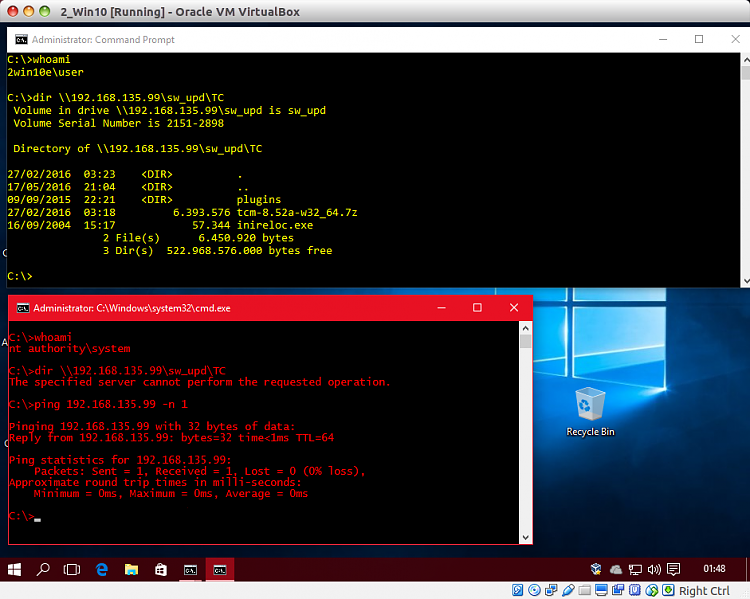

Whatever virtualization technology is used in the physical data network, its virtual networks must be mapped into the VLANs used internally by Neutron to achieve isolation. Layer 2 virtualization and multi-tenant isolation on the physical data network can be implemented using either VLANs or layer-2-in-layer-3 tunneling solutions, such as Virtual eXtensible LAN (VXLAN) or Generic Routing En- capsulation (GRE), that allow to extend the local virtual networks also to remote data centers. 2) includes br-data only, as it is typically connected to the data network only. 1) includes br-data for the data network, where the multi- tenant virtual networks are operated, and br-ex for the external network. Each node runs an OVS-based integration bridge named br-int and, connected to it, an additional OVS bridge for each data center physical network attached to the node. 1 and 2 with the help of an ad-hoc graphical tool we developed to display all network elements used by OpenStack. The virtual network infrastructure implemented by OpenStack is composed of multiple virtual bridges connecting both virtual and physical interfaces, as shown in Figs. Isolation among different tenant networks is guaranteed by the use of VLANs and namespaces, whereas the security groups protect the VMs from external attacks or unauthorized access. Other virtual appliances, such as a router providing global connectivity and address translation (NAT) functions, can be implemented directly in the cloud platform by means of containers and namespaces typically defined in the network node. Then the user can boot a new VM instance, specifying the subnet (or subnets) it has to be connected to: a port on that subnet (and related network) is created, the VM is connected to that port and a fixed IP address is assigned to it via DHCP. More specifically, an OpenStack user, representing a given tenant, is allowed to create a new layer-2 network and to define one or more layer-3 subnets on top of it, optionally spawning the related DHCP server in charge of IP address distribution. Taking advantage of Neutron’s network abstractions, cloud customers can use the OpenStack dashboard to quickly in- stantiate computing and networking resources within a virtual data center infrastructure. This allows Neutron to transparently manage multi-tenant networks over multiple compute nodes. A centralized Neutron server stores all network-related information, whereas the Neutron agents running in the network node and in each compute node implement the virtual network infrastructure in a coordinated way. Valid RPC parameters are int, float, string, NetworkPlayer, NetworkViewID, Vector3 and Quaternion. For more information see the RPC section of the manual. You don't need to change the way you call the RPCįunction when you do this. Which will automatically contain the information.

To get information on the RPC itelf, you can add a NetworkMessageInfo parameter to the function declaration The communication group set for the network view, with oup, is used for the RPC call. RPC calls are always guaranteed to be executed in the same order as they are sent.

Have the same name only one of them is called when RPC is invoked. RPC function names should be unique accross the Scene, if two RPC functions in different scripts If it is just for the RPC function, state synchronization should be turned off and the observed property can be set to none. It doesn't matter if the NetworkView is being used for something else or just for the RPC function. The called function must have the tag set ( for C Sharp code).Ī NetworkView must be attached to the GameObject where the RPC function is being called.


 0 kommentar(er)
0 kommentar(er)
